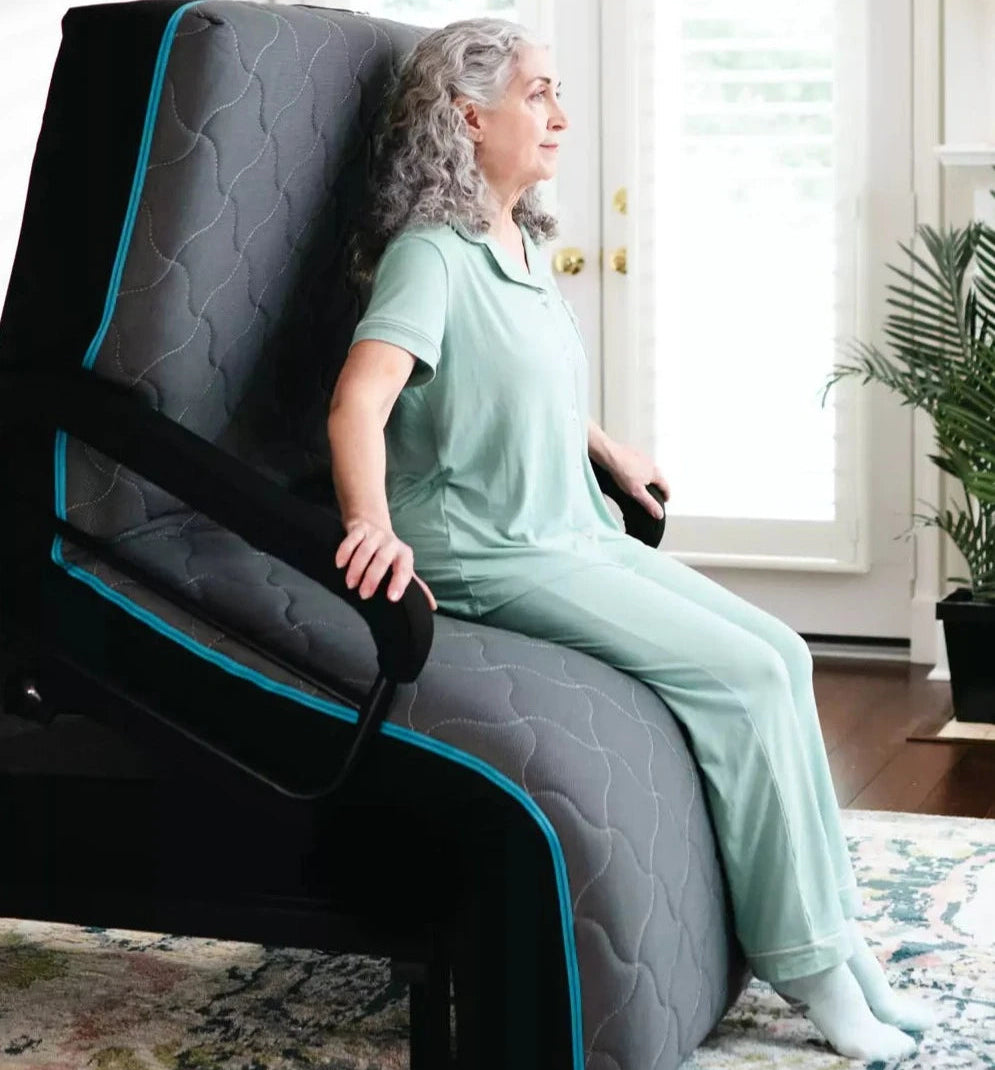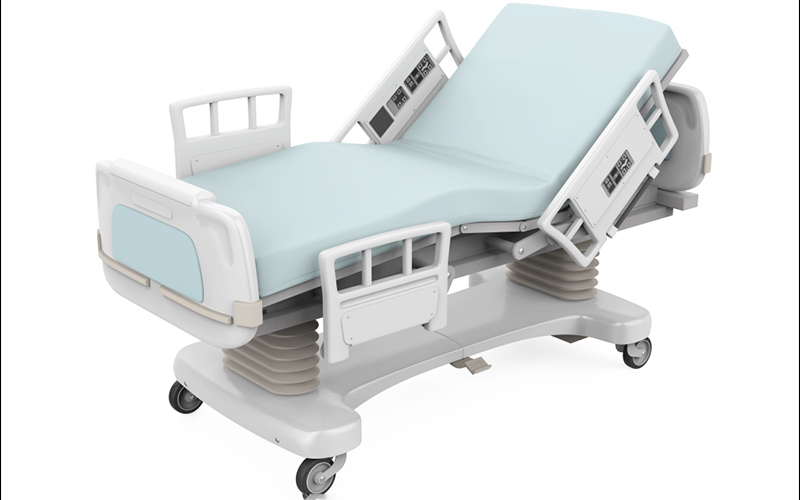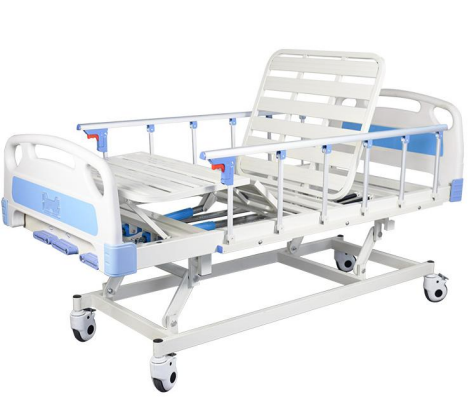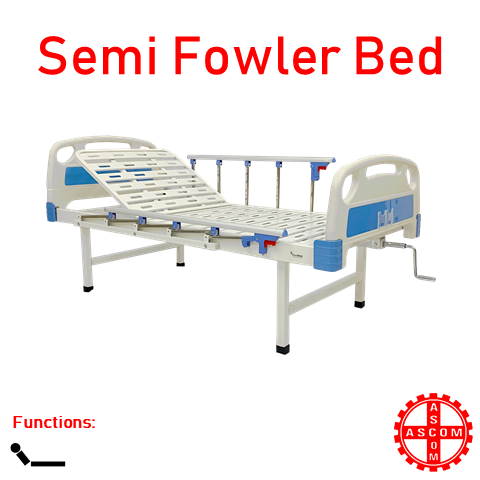Hospital Beds For Home Use - Truths
The Hospital Beds For Home Use PDFs
Table of ContentsNot known Details About Hospital Beds For Home Use The Of Hospital Beds For Home UseHospital Beds For Home Use - QuestionsGetting My Hospital Beds For Home Use To WorkThe Only Guide for Hospital Beds For Home UseGet This Report about Hospital Beds For Home UseHospital Beds For Home Use - An Overview
There are three major kinds of healthcare facility beds: manual, semi-electric, and fully-electric. These beds make use of hand cranks to readjust the bed's elevation and increase and decrease the head and the foot.
Semi-electric beds have an electric motor to raise and decrease the head and foot portions of the bed (hospital beds for home use). Full-electric beds have an electrical motor that can elevate the head and foot areas of the bed as well as the entire height and positioning of the bed.
The Best Strategy To Use For Hospital Beds For Home Use
There are several kinds of hospital beds, each created to fulfill certain person needs. Right here are some common types: This is the most typical kind of healthcare facility bed, made for general medical usage.
Reduced to the ground than a basic bed. This type of bed is made for larger clients, with a broader structure and greater weight capacity than a common bed.
This kind of bed is made for seriously unwell clients who call for open tracking and specialized clinical tools such as ventilators and infusion pumps. This kind of bed is designed for use during labor and shipment, with flexible placements and attributes to sustain the mother and baby during the birth process.
Not known Details About Hospital Beds For Home Use
Multiple function and the accessories execute expanding grip to various components of the vertebra and the extremities without moving the body. These are just a few examples of the kinds of healthcare facility beds offered. The particular sort of bed used will certainly depend upon the client's condition, clinical requirements, and other variables.
Below is the important things you need to recognize. A one-function healthcare facility bed is a clinical bed that allows a patient to relocate just the head or foot section up or down. A 2 feature medical facility bed usually refers to a type of medical bed that has two flexible features to help patients in health centers or care centers.

The Single Strategy To Use For Hospital Beds For Home Use
A 7-function ICU bed is a sort of medical bed that supplies a number of adjustable features to sustain critically ill patients in a critical care unit (ICU) (hospital beds for home use). The 7 features normally consist of: Back-rest adjustment: The backrest can be gotten used to different angles to assist the person sit up or lie down conveniently
Height modification: The bed can be elevated or decreased to make it less complicated for people to enter and out of bed, and for caregivers to provide care. Trendelenburg placement: The whole bed can be tilted to promote blood flow and circulation in the body. Reverse Trendelenburg position: The bed can likewise be slanted in the opposite direction to advertise blood flow and flow in the upper body.
While more cost effective than electric versions, these beds call for physical effort for adjustments. The major advantages of manual beds are their price and dependability, as they don't depend on power. Nevertheless, the need for hand-operated effort can be a restriction in situations where fast adjustments are required or where caregivers encounter physical obstacles.
The Only Guide to Hospital Beds For Home Use
Semi-electric health center beds you can check here use an equilibrium of guidebook and electrical controls. These beds give a suitable center ground in between manual and completely electric choices, offering convenience of usage without the full expense of electric versions.
Semi-electric beds are well-suited for clients who need moderate changes to the head and foot areas but can manage without regular height adjustments. This makes them an affordable option for those looking for comfort and convenience without the requirement for consistent repositioning. Totally electrical hospital beds feature electric controls for smooth changes to the height, head, and foot sections.
Specialized health center beds, such as ICU beds, long-term care beds, and bariatric beds, are thoroughly designed to address details medical needs. These beds offer customized care for diverse person teams, improving both outcomes and convenience. In the complying with sections, we will certainly check out the main kinds of specialty health center beds, describing their particular advantages and applications.
With years of experience in producing electric straight actuators - hospital beds for home use and close partnership with the healthcare sector, TiMOTION is well-positioned to supply trusted health care services. Our vertically incorporated firm takes care of every action of the production procedure, from style to actuator setting up, ensuring we provide remarkable value and tailored options customized to your particular demands
The Ultimate Guide To Hospital Beds For Home Use

To find out even more regarding incorporating these innovations right into your items, contact us today. Further reading:.
Data is sourced Going Here from the Medicare Expense Report. Accessed January 2025. Short-term intense treatment healthcare facilities have the highest typical variety of beds at 187. They are one of the most common sort of medical facility in the united state and comprise even more than 50% of united state healthcare facilities. Children's healthcare facilities have 178 beds usually and VA health centers typical 175 beds.

4 Easy Facts About Hospital Beds For Home Use Explained
A health center bed is a bed developed specifically for medical functions. It is not only a location for people to relax, however likewise a platform for medical procedures. Unlike regular home beds, hospital beds usually have adjustable features, which can facilitate clinical team to make numerous changes according to the demands of people, such as transforming the elevation, disposition, and support angle of the back and legs of the bed.